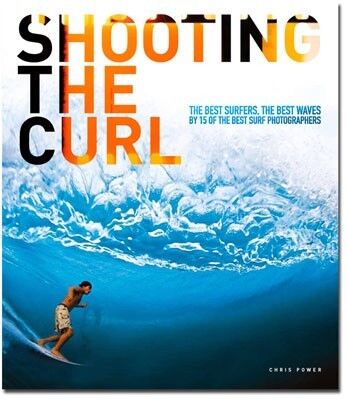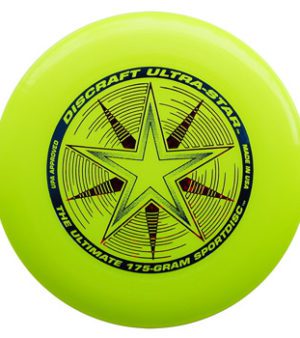Surfboek: Shooting The Curl
€35.00
Surf photographers are the unsung heroes of surfing. They do crazy things to get the shots that fill the pages of the world’s top surfing magazines. Some risk life and limb shooting the action at deadly reefs like Teahupoo and Pipeline. Some lose themselves in the Arctic for months, braving sub-zero temperatures for the chance to score a perfect day at some remote point. Some drive hundreds of miles along potholed tracks in war-torn countries like Angola and Namibia, searching for pristine unridden breaks. “Shooting The Curl” showcases the work of 15 top surf photographers and gets the inside story on the surfers and waves that inspire them. Loaded with incredible images, this is a book for every surfer who loves great photos of top surfers and amazing waves. ‘This thrilling book brings together 15 of the world s top surf photographers and shows the lengths they go in order to get the perfect shot. The images are breathtaking and the text gives you a brilliant insight into a way of life that may seem almost alien to those outside… Shooting The Curl is genuinely fascinating’. Amateur Photographer ‘Jaw-dropping photographs…a great gift for any surfer.’ Cornwall Today ‘Packed full of awe-inspiring shots, insightful interviews and entertaining anecdotes… Shooting The Curl is an incredible read for anyone who loves to surf or even just enjoys action-packed imagery.
In stock
THERE ARE MANY ASPECTS TO SURFBOARD SELECTION THESE ARE THE POINTS TO CONSIDER
LENGTH
Typically surfboards are measured in inches. The length is measured from the nose to the tail. Choosing the length of the surfboard is dependant on your size (weight, height), board type and waves conditions you wish to use the board for.
WIDTH
The widest point of the surfboard is measured from rail to rail. Generally the wider the surfboard the more stable the board, while a board with smaller width maintains better speed and performance.
BOARD THICKNESS
Surfboard thickness is measured from the top deck to the bottom. The thickness again has a bearing on the board’s performance. Professional surfers will tend to go for the thinner boards as they are lighter and offer better performance.The thicker boards are stronger and because there is more foam under the surfer the boards are more stable.
ROCKER
The bottom curve of a surfboard. Generally the more rocker the surfboard has the more loose (manoeuvrable) the surfboard will be. Where the flatter rocker surfboards will be faster, although they will lack the looseness. The nose is the tip of the surfboard, the nose can vary in shapes and size. Basically the thinner the nose the more response the board will perform, while wider noses are better for stabilization.
STRINGER
Used to increase the strength of a surfboard, a stringer (normally made from wood) runs down the length of a surfboards (typically in the centre of the board from the tip of the nose to the tail).
Boards built with Epoxy, Carbon Fibre and soft boards generally don’t have stringers.
FINS
Generally heavier surfers require larger fins to hold the waves better. Although if you prefer to ride a looser (less hold in the waves), smaller fins would be a better option.
FIN CONSIDERATIONS
Fin configurations have an effect on the ways your surfboards perform.
The following are some of the more common fin configurations.
SINGLE FIN
The single fin was the original fin configuration for surfboards. Based on the idea of the sailboat keel. Single fins are added stabilization and control on the powerful, larger waves, although lack manoeuvrability
TWIN FIN
Are great for small waves, being fast and manoeuvrable, but when put into tight spots on larger waves, they become hard to control. Popular with Fish surfboards.
THRUSTER 3 FIN
Widely recognized as the standard fin configuration, the thruster answers the shortcomings of the single fin and the twin fins configurations.
The thrusters give you stabilization, control and manoeuvrability in all types of surfing conditions.
This concept was the brainchild of Australia’s Simon Anderson
QUADS 4 FINS
With four fins in the water, Quads boasts an extraordinary amount of holding power in larger surf.
You may think that having four fins would sacrifice speed by creating more drag, but this is not the case.
The both sets of fins are working together on the rail, which makers believe they creates less drag than a board with a centre fin.
The manoeuvrability isn’t sacrificed either, with fins directly under your back foot, the quads are very responsive.
KEEL
Similar setup to the Twin Fin, although smaller (low profile) fins are generally placed wider (closer to the rails) on the surfboard.
Popular with Fish and Egg / Retro surfboards.
Heeft u hulp nodig bij uw aankoop? Neem dan gerust contact met ons op
+3170 201 5153
info@noordzeeboardstore.nl
Contact formulier



